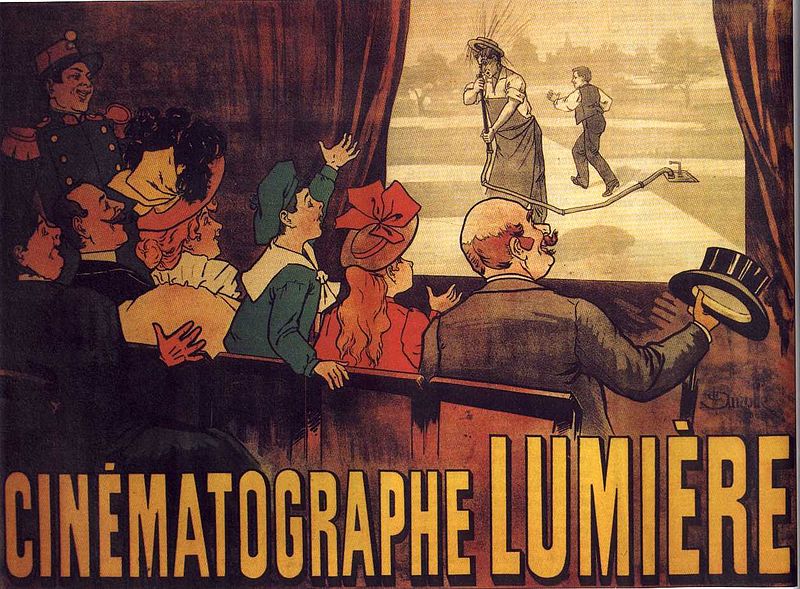

Born into a family from Lyon, Auguste and Louis Lumière became interested in the new technologies of their century at a very young age.
Pushed by their father, Antoine Lumière, they studied engineering and Louis was the first to make a fortune thanks to the invention of a "blue label plate" that allowed instantaneous photos to be taken.
Although the two brothers made their first inventions separately, they soon signed both their names. Indeed, they share an unfailing complicity and are inseparable, even to the point of marrying two sisters from the same family and living side by side in a semi-detached house.
In 1894, on his return from a trip to Paris, Antoine Lumière told his sons about the demonstration he had witnessed: that of the kinetoscope. This machine of the American inventor Thomas Edison allows to visualize a photographic work by giving it the illusion of a movement.
Auguste and Louis, passionate about the idea of projecting moving images, began their research and developed the very first cinematograph. Smaller and more manageable than Edison's invention, it made it possible to record several images and project them at the same time.
The main feature of the Lumière brothers' camera was the "fork" they added to Edison's camera: a part that "hangs" the film and makes it drop one frame each time the shutter is closed. This automatic movement repeats itself very quickly, so that 24 pictures per second can be recorded.